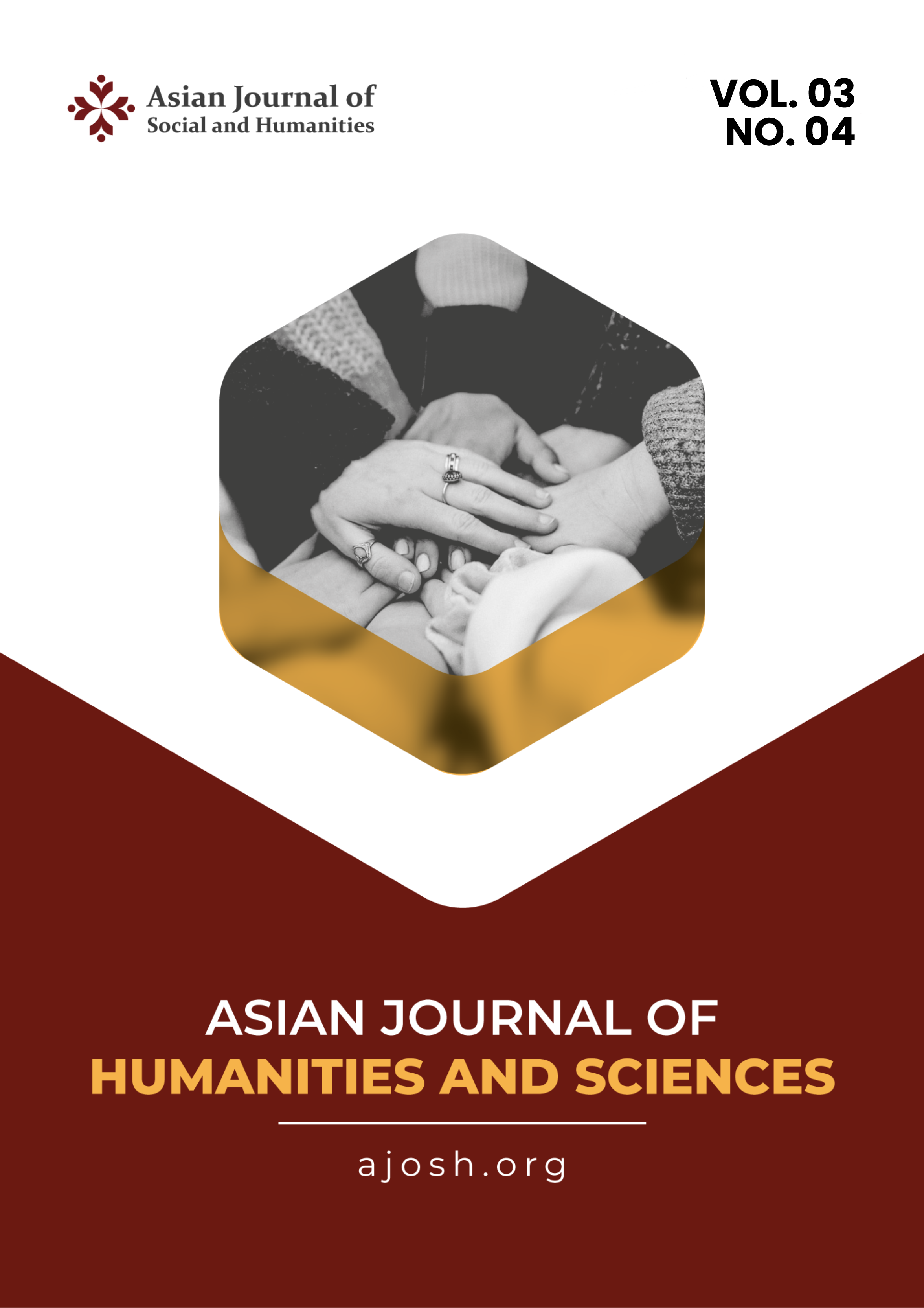Representation of Education in Visual Discourse in Papua, Indonesia (John Fiske's Semiotic Research in the Film Di Timur Matahari)
DOI:
https://doi.org/10.59888/ajosh.v3i4.483Keywords:
representation;, education;, visual discource;, papua indonesia;, semiotic john fiskeAbstract
The importance of research on educational films is based on the reality of educational issues in Indonesia. However, previous research on educational films only examined the meaning of films based on text. While the whole context through critical semiotic and ideological study is still minimal. As a result, studies on films with educational themes only produce research that prioritizes textual analysis. Di Timur Matahari is a film set in the lives of children in Papua who are waiting for a teacher to get an education. Although themed education, East of the Sun also highlights political, economic, social and cultural issues. Through John Fiske's semiotic analysis with a qualitative approach, data has been collected and analyzed based on the level of reality, level of representation and level of ideology. The results of the study show that there is inequality in education experienced by children in the Papua region. Inequality and inequality in education due to the unavailability of teachers to teach as well as very limited infrastructure and accessibility. Despite their limitations, Papuan children have a high fighting spirit, are resilient, always happy and have a high of tolerance. Another finding is that the educational gap in Papua will encourage the creation of marginalization that strengthens the cultural system, thus forming a diverse and deep-rooted ideological pattern in Papua society Meanwhile, this research is also expected to increase insight into semiotic research and encourage government policies to pay attention to education on an ongoing basis.
Downloads
Published
Issue
Section
License
Copyright (c) 2025 Dwi Aji Budiman, Syukri Hamzah, Sarwit Sarwono

This work is licensed under a Creative Commons Attribution-ShareAlike 4.0 International License.
Authors who publish with this journal agree to the following terms:
- Authors retain copyright and grant the journal right of first publication with the work simultaneously licensed under a Creative Commons Attribution-ShareAlike 4.0 International. that allows others to share the work with an acknowledgement of the work's authorship and initial publication in this journal.
- Authors are able to enter into separate, additional contractual arrangements for the non-exclusive distribution of the journal's published version of the work (e.g., post it to an institutional repository or publish it in a book), with an acknowledgement of its initial publication in this journal.
- Authors are permitted and encouraged to post their work online (e.g., in institutional repositories or on their website) prior to and during the submission process, as it can lead to productive exchanges, as well as earlier and greater citation of published work.










